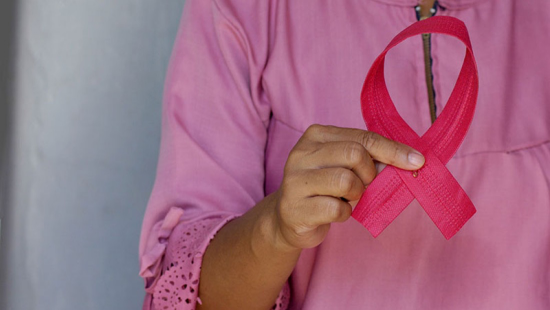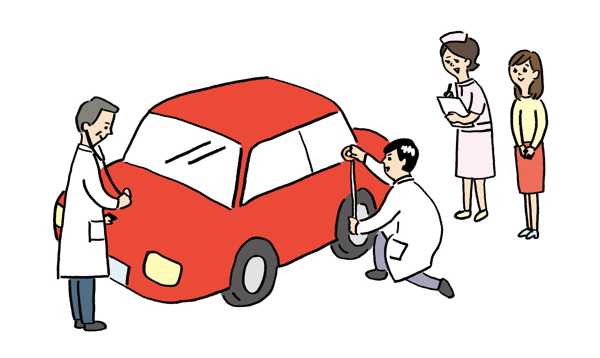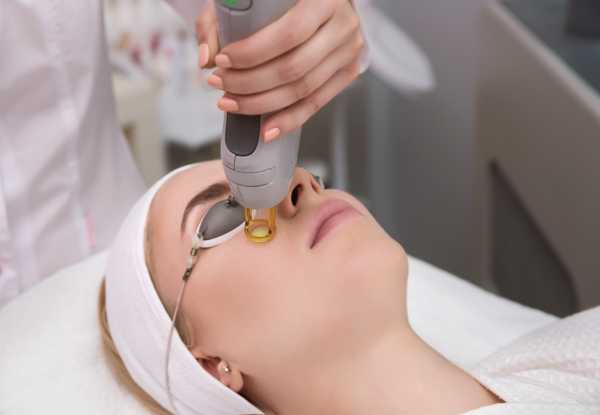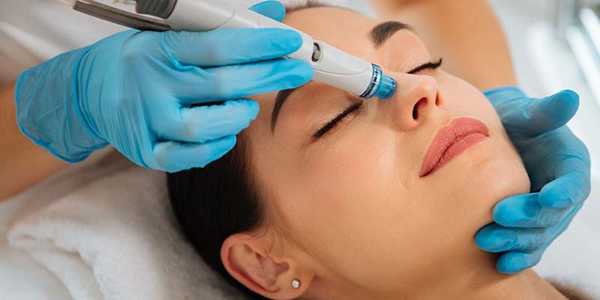借金減額診断で見直す負担軽減の第一歩
Early Signs of Cancer and the Importance of Early Detection
Early detection of breast cancer can make a significant difference in treatment outcomes and survival rates. While a lump in the breast is the most commonly known symptom, breast cancer can present in other, often more subtle, ways that are easily overlooked.
Early detection of breast cancer can make a significant difference in treatment outcomes and survival rates. While a lump in the breast is the most commonly known symptom, breast cancer can present in other, often more subtle, ways that are easily overlooked.
Recognizing these early warning signs is essential in taking proactive steps toward your health and seeking timely medical intervention.

What Is Breast Cancer?
Breast cancer occurs when abnormal cells in the breast grow uncontrollably, leading to the formation of a tumor. It can develop in various parts of the breast, including the milk ducts or lobules (milk-producing glands). Though the exact causes of breast cancer remain unclear, certain factors, such as genetics, age, and lifestyle choices, can increase the risk.
Early detection of breast cancer increases the chances of successful treatment. However, the signs are often subtle and may go unnoticed. By staying aware of changes in your body and consulting with a healthcare provider when necessary, you can catch potential issues before they become serious.
Common Signs of Breast Cancer
Every person’s experience with breast cancer is different, but there are several common symptoms to be aware of. If you notice any of the following signs, it’s important to consult your doctor, especially if they persist or worsen.
1. Lumps in the Breast or Underarm
A lump or mass in the breast or underarm is one of the most well-known signs of breast cancer. However, not all lumps are cancerous. Lumps that are firm, irregular in shape, or painless may be more concerning. Some lumps may be benign, such as cysts, but it’s always safer to have them evaluated.
2. Changes in the Size or Shape of the Breast
Any sudden or noticeable changes in the size, shape, or symmetry of the breast could be a sign of breast cancer. This may include swelling, asymmetry, or alterations in the breast's contour. If these changes are not linked to your menstrual cycle or other known causes, it's important to seek medical advice.
3. Skin Changes
Changes in the skin of the breast, such as dimpling, thickening, redness, or a texture resembling an orange peel, should raise concern. These could indicate inflammatory breast cancer, a rare but aggressive form of the disease, or other serious conditions. Skin changes should always be examined by a healthcare professional, even if they do not cause pain.
4. Unexplained Nipple Discharge
If there is discharge from the nipple without squeezing or pressure, particularly if it is bloody, clear, or occurs in only one breast, it could be a warning sign. While some nipple discharge may be due to benign conditions, any unusual discharge should be examined by a doctor.
5. Persistent Pain or Discomfort
While breast pain can be related to hormonal changes, persistent or unexplained pain, especially if it doesn’t align with your menstrual cycle, could be a red flag. Some people with breast cancer experience discomfort in the breast or nipple, so it’s important not to ignore unusual pain.
6. Nipple Retraction or Inversion
If your nipple becomes inverted (pulls inward) or flattened, particularly if it wasn’t like this before, it could indicate a problem. A sudden change in nipple appearance, especially in one breast, warrants medical attention.
Why Early Detection Matters
The earlier breast cancer is detected, the more treatment options are available, and the more effective those options tend to be. Early-stage cancers are typically smaller and have not spread to other parts of the body, which means they are easier to treat with less aggressive methods.
Routine screenings, such as mammograms, are crucial for early detection, especially for those over 40 or those with a higher risk due to family history or other factors. Mammograms can detect abnormalities even before physical symptoms appear, making regular screening a key preventive measure.
However, screenings alone are not enough. Self-exams and awareness of bodily changes are equally important in catching issues early. Although self-breast exams are often overlooked, they allow you to become familiar with your body and notice any changes that might need further evaluation.
Key Risk Factors for Breast Cancer
While early detection is important, understanding the risk factors associated with breast cancer can also help with prevention and informed decision-making. Some of the most common risk factors include:
- Age: The risk of breast cancer increases with age, especially after 50.
- Family History: A family history of breast cancer, particularly among first-degree relatives like mothers or sisters, increases your risk.
- Genetic Mutations: Inherited mutations in genes such as BRCA1and BRCA2 significantly raise the risk of developing breast cancer.
- Hormonal Factors: Prolonged exposure to estrogen, whether due to early menstruation, late menopause, or hormone replacement therapy, can elevate risk.
- Lifestyle Factors: Lifestyle choices such as high alcohol consumption, obesity, and lack of exercise can contribute to an increased risk.
Understanding your risk factors can guide you in making decisions about screenings and lifestyle adjustments to help reduce your chances of developing breast cancer.
Take Charge of Your Health
Breast cancer can be a daunting diagnosis, but early detection can lead to more effective treatments and improved outcomes. By staying informed about the signs of breast cancer, performing regular self-exams, and following recommended screening guidelines, you can take proactive steps to protect your health. While early detection doesn’t guarantee prevention, it can significantly improve your chances of successful treatment.
If you notice any of the signs mentioned above or have concerns about your breast health, don’t hesitate to consult a healthcare provider. Taking action early is the best way to ensure you receive the care and support you need.











